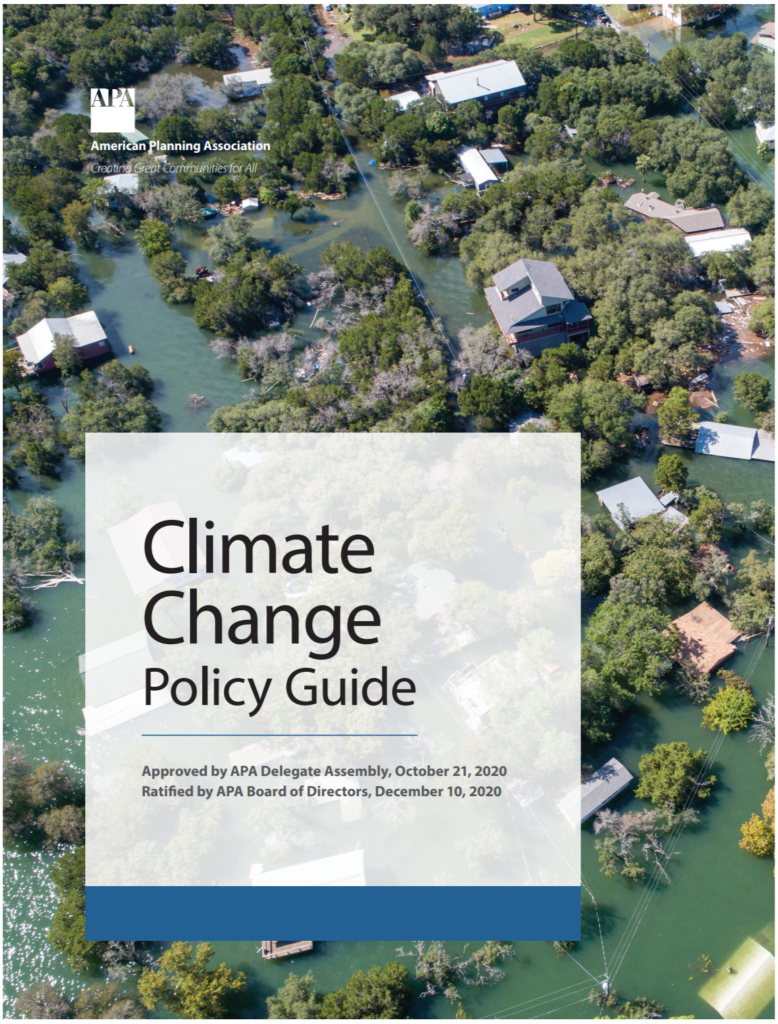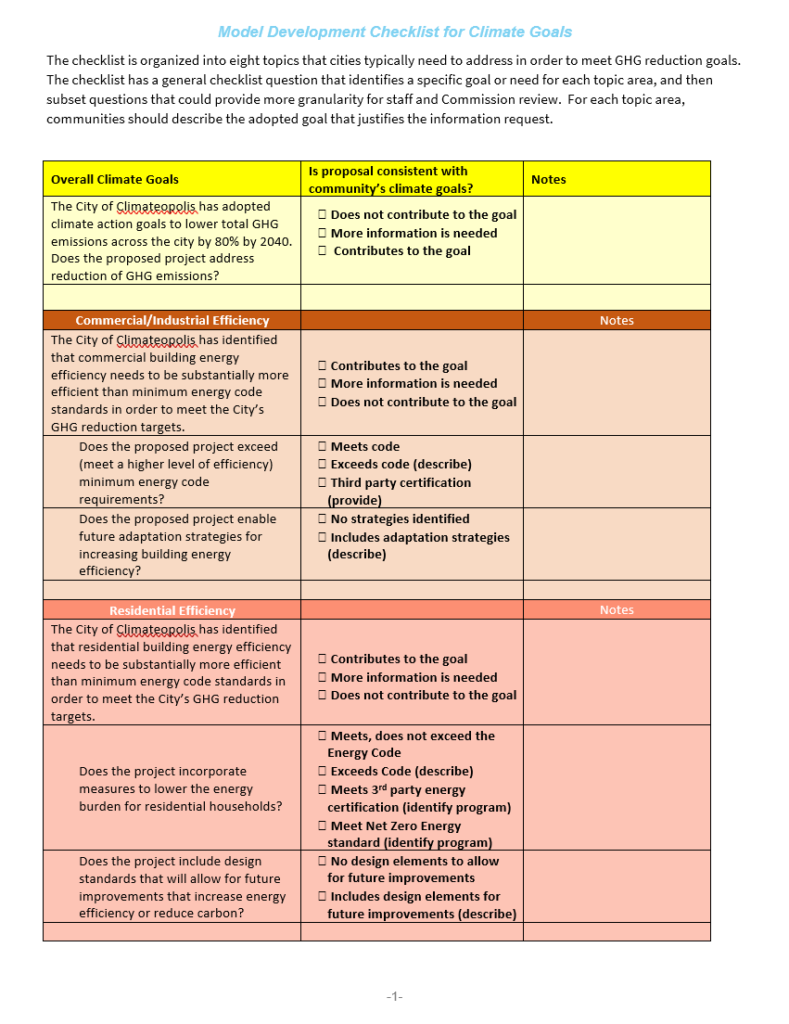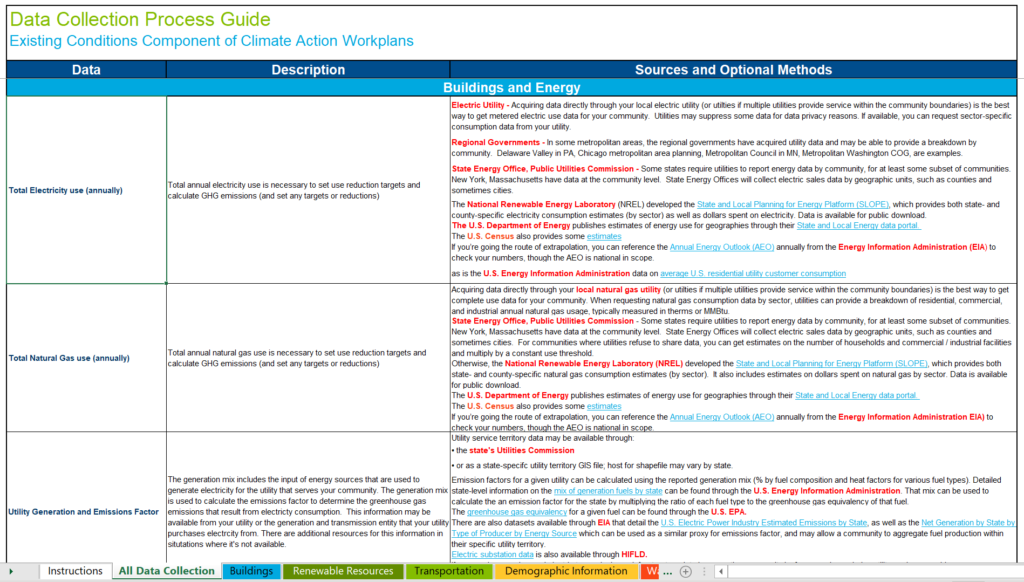Weather v. Climate
“Weather is your mood; climate is your personality.”
Weather refers to short-term conditions while climate is the weather of a specific region averaged over a long period of time. Climate change refers to long-term changes and new weather normals.
Our weather is expected to worsen: the frequency, intensity, and impacts of some types of extreme weather events will grow. And our climate personality will change. This will inevitably bring hazards.
Central Iowa is already feeling impacts that have climate implications. Weather events such as 10-inch rainfall, 100 mile per hour sustained winds, and multi-day 100 degree temperature events have led to flash flooding, regular droughts, and widespread damage.
As these become more regular, our climate personality will shift. To weather these new storms, Central Iowa needs to build resilience – at all levels.
The great news is that investments in resilience lead to saving money over time, creating jobs now, and reducing inefficiencies across the board, and this toolkit will help connect you with the tools and resources to start that path.
Mitigation v. Adaptation
Mitigation – avoiding the unmanageable
Adaptation – managing the unavoidable
In other words:
Mitigation aims to reduce the levels of greenhouse gases in the atmosphere. Actions such as increasing energy efficiency, investing in or incorporating more renewable energy sources, promoting alternative forms of transportation, etc. would aid the reduction in emissions.
Adaptation aims to manage the climate changes we are experiencing now, and in the future. Actions such as increasing infrastructure capacity for more intense rainfall events, expanding tree canopies to provide shade during heat events, etc. would lessen impacts to changing conditions.
Intentionally tapping into both lead to greater resiliency now and in the future.
The Process

Much like many planning processes, climate action planning looks to examine existing conditions; determine capacity, as well as, future goals and outcomes; develop attainable steps to get there; and finally, monitor, evaluate, and adjust actions as needed to achieve intended outcomes.
Embedded in these planning stages, climate action also requires additional pieces that may be new to many planners: conducting emissions inventory and setting emission reduction targets. This pieces are especially integral to climate mitigation goals and efforts as they begin the benchmarking process and allow for a baseline to reflect back on as the work moves forward.
Below is ICLEI-USA’s climate action planning recommended process.
Throughout the Central Iowa Climate Toolbox, you’ll find resources to aid your community’s or organization through these steps. .
Do we have to have a Climate Action Plan?
No. There is no requirement nationally or at the state-level that requires climate action plans. Planning for climate change can be incorporated into comprehensive, hazard mitigation , economic development, transportation, watershed, and many more facets of community and regional planning.
In some cases, incorporating climate into those plans can be more advantageous for organizational function and streamlining. Your community or organization can decide which route is best for your needs and capacity.
Climate Action Planning Partners
Most communities and organizations will need outside assistance while taking climate action. Whether it is to better understand the process, conduct a emissions inventory, direct policy actions, and more, the following partners are there to help in some degree or another.
American Planning Association
APA has drafted a number of resources for planning staff through the APA National, APA Sustainable Communities Division, and their Climate Champion Program. The flagship CAP resources can be found through the links below, and additional CAP articles, webinars, and more from APA can be found here.
Climate Change Policy Guide
Sustaining Places: Best Practices for Comprehensive Plans
Development Review Checklist for Climate Goals
Climate Data Guide




ICLEI- Local Governments for Sustainability
ICLEI is a global network of local governments with a mission to solve global sustainability challenges. ICLEI offers tools, protocols, networks, and publications to communities (*some resources require membership).
Center for Climate and Energy Solutions (C2ES)
C2ES is an independent, nonpartisan, nonprofit organization working to towards practical solutions to climate change. They host a Policy Hub, educational tools, project ideas, and a library of other resources for communities and organizations to tap into.
Iowa Sustainable Communities Program (Coming Soon)
Iowa Sustainable Communities Program is a state-wide initiative housed at University of Northern Iowa’s Center for Energy and Environmental Education (CEEE). Pilot cities for the program will be announced in Fall 2021/Winter 2022. Once established MPO staff will link access to the program and resources here.
Des Moines Area MPO
To support our member communities and the MPO’s Mobilizing Tomorrow goal of “Improve the Region’s Environmental Health” MPO staff has created the Central Iowa Climate Toolbox to ease access to far-reaching resources and tools as they consider and implement climate action planning in their work. MPO staff is committed to your climate success, and staff is available at any point during your climate planning process.
Key Terms
A few key terms that will be used in this toolkit and in your CAP efforts.
Adaptive capacity: The ability of systems, institutions, humans, and other organisms to adjust to potential damage, to take advantage of opportunities, or to respond to consequences of hazards.
Climate hazard: A physical process or event (hydro-meteorological or oceanographic variables or phenomena) that can harm human health, livelihoods, or natural resources. A hazard is not simply the potential for adverse effects.
Exposure: The presence of people, livelihoods, species or ecosystems, environmental services and resources, infrastructure, or economic, social, or cultural assets in places that could be adversely affected by a hazard.
Geophysical hazard: Natural land processes and events with the potential to cause harm to human health, livelihoods, systems, or natural resources. In this tool, “hazard” refers to the physical event itself, not its potential for adverse effects.
Potential impact: The potential effects of hazards on human or natural assets and systems. These potential effects, which are determined by both exposure and sensitivity, may be beneficial or harmful.
Resilience: The capacity of a social-ecological system to cope with a hazardous event or disturbance, responding or reorganizing in ways that maintain its essential function, identity, and structure, while also maintaining the capacity for adaptation, learning, and transformation.
Risk: The potential for consequences where something of human value (including humans themselves) is at stake and where the outcome is uncertain.1 This tool defines climate risk as a combination of hazard exposure, sensitivity to impact, and adaptive capacity. It does not define risk as the product of the probability of hazardous events and the consequences of those events, as is frequently used.
Sensitivity: The degree to which a system, asset, or species may be affected, either adversely or beneficially, when exposed to climate variability or change or geophysical hazards.
Vulnerability: The degree to which a system is susceptible to, or unable to cope with, adverse effects of. climate change, including climate variability and extremes.
Definitions adapted from IPCC, Climate Change 2014: Impacts, Adaptation, and Vulnerability, Contribution of Working Group II to the Fifth Assessment Report of the Intergovernmental Panel on Climate Change (2014) (http://www.ipcc.ch/report/ar5/wg2/)

